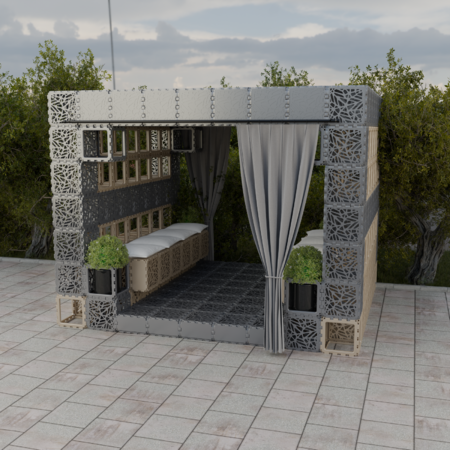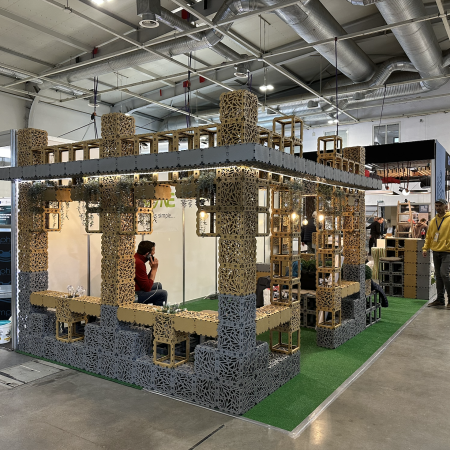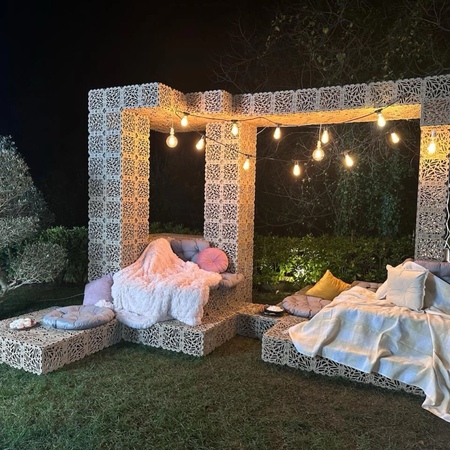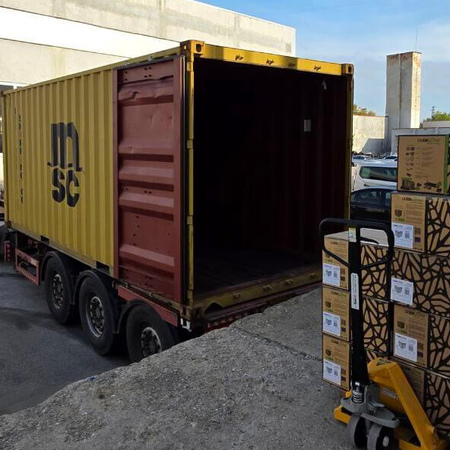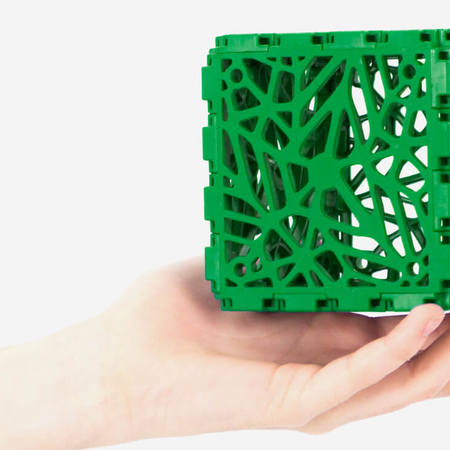Big shows are won in the prep. These three one-page checklists help you load in fast, run clean, and pack out without stress. Print them, tape one to a case, and repeat the same routine every time.
Pre-Show: plan, label, protect
Every smooth build starts before the truck moves. Treat the warehouse as your first “site” and design the packing so unpacking follows assembly. Decide early whether you’re going van or pallet—this sets case sizes and stack height. Walk the venue brief once (loading dock or street access, lift and door clearances, time slots, H&S), then translate it into a simple flow: frames come out first, panels second, lighting third, tools last. Label by zones so anyone can help without asking: A = Frames, B = Panels/Graphics, C = Lighting, D = Tools/Consumables. Put A5 labels on five sides, add a unique case code, and link a QR to the contents list. Graphics and lights get their own cases with interleaves and corner guards; nothing should rattle. Photograph each case interior before you close it—those pictures become your repacking guide and proof that everything left in good order.
Mini checklist:
- Access confirmed; vehicle booked • Build→box order mapped
- Zone labels applied (A/B/C/D) • Case labels on 5 sides + QR
- Graphics/lights in dedicated cases • “OPEN FIRST” pouch packed last
Tip: If the test-fit shakes, it will abrade finishes in transit. Add foam or change the stack now, not on the show floor.
On-Site Build: stage clean, follow sequence, stay safe
Load-in is short and predictable when you land with a clean staging plan. Unload by zones and create a small prep island (cardboard or mats under panels) away from foot traffic. Hold a two-minute huddle: who leads A/B/C/D, who owns power, who handles photos and QA. Start with the frame: place, level, square. Move to panels and graphics with clean gloves; align gaps and only remove protective film at the end. Test lighting at ground level before mounting high; route cables with strain relief and cover any walkways. Keep all packaging in one return case so tear-down isn’t a scavenger hunt. When the structure stands, do a quick quality pass—surfaces wiped, cables hidden, spares counted—and shoot three angles for the report and future case studies.
Sequence (short list):
- Frames/base → level & square
- Panels/graphics → align & finish
- Lighting/power → test & route
- Accessories → wipe & photo
Tip: A 120-second kickoff saves 20 minutes of wandering. Name leads per zone and make them the only people answering “what’s next?”
Tear-Down & Reuse: reverse cleanly, log, store smart
Closing night is where you protect ROI. Reverse the sequence without rushing: power down, coil and tag cables, and return adapters to the lighting case. Wipe panels before packing so dust doesn’t travel; graphics go flat with interleaves and never under heavy items. Bundle frames consistently and cap any sharp ends. Count back into each case using the same lists you packed with, and photograph interiors again before closing. Log shortages and damage with quick photos; drop a repair/reorder note into your task system while details are fresh. In storage, keep soft goods dry, stack heavy cases low, raise everything off the floor, and keep graphics out of direct sun. A 10-minute inventory update today prevents a two-hour scramble before the next show—and gives you accurate load-in/load-out metrics for planning and SEO-friendly proof points (“load-in 1h40m, pack-out 55m”).
End-of-show essentials:
- Reverse order: lighting → panels → frames
- Photo each packed case • Tick counts on case lists
- Note damage/shortages • Store dry, heavy low, graphics flat
Tip: Time each phase once (build, ops, tear-down). Those numbers become your baseline for crew sizing, vehicle bookings, and future budgeting.
Make it a habit: print the checklists and tape them to a case. Your next load-in will be predictable.




